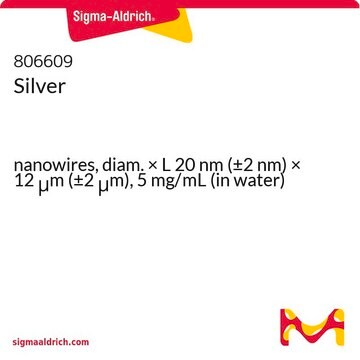916013
Lithium chloride
anhydrous, 99.95% trace metals basis
Synonym(s):
Lithium monochloride, NSC 327172
About This Item
Recommended Products
grade
anhydrous
Quality Level
Assay
99.95% trace metals basis
form
crystals
greener alternative product characteristics
Design for Energy Efficiency
Learn more about the Principles of Green Chemistry.
sustainability
Greener Alternative Product
mp
605 °C (lit.)
greener alternative category
SMILES string
[Li+].[Cl-]
InChI
1S/ClH.Li/h1H;/q;+1/p-1
InChI key
KWGKDLIKAYFUFQ-UHFFFAOYSA-M
Looking for similar products? Visit Product Comparison Guide
General description
We are committed to bringing you Greener Alternative Products, which adhere to one or more of The 12 Principles of Greener Chemistry. This product has been enhanced for energy efficiency. Click here for more information.
Application
Features and Benefits
- The anhydrous form of lithium chloride guarantees the absence of moisture, essential for preserving battery efficiency and averting undesired side reactions. Its anhydrous nature enhances reactivity, rendering it suitable for moisture-sensitive processes.
- The 99.95% purity minimizes contamination from trace metals, ensuring suitability for applications sensitive to even minute impurities.
- It contains less than 0.6% water to develop a more efficient battery component.
Signal Word
Warning
Hazard Statements
Precautionary Statements
Hazard Classifications
Acute Tox. 4 Oral - Eye Irrit. 2 - Skin Irrit. 2
Storage Class Code
13 - Non Combustible Solids
WGK
WGK 1
Flash Point(F)
Not applicable
Flash Point(C)
Not applicable
Choose from one of the most recent versions:
Certificates of Analysis (COA)
Don't see the Right Version?
If you require a particular version, you can look up a specific certificate by the Lot or Batch number.
Already Own This Product?
Find documentation for the products that you have recently purchased in the Document Library.
Active Filters
Our team of scientists has experience in all areas of research including Life Science, Material Science, Chemical Synthesis, Chromatography, Analytical and many others.
Contact Technical Service




